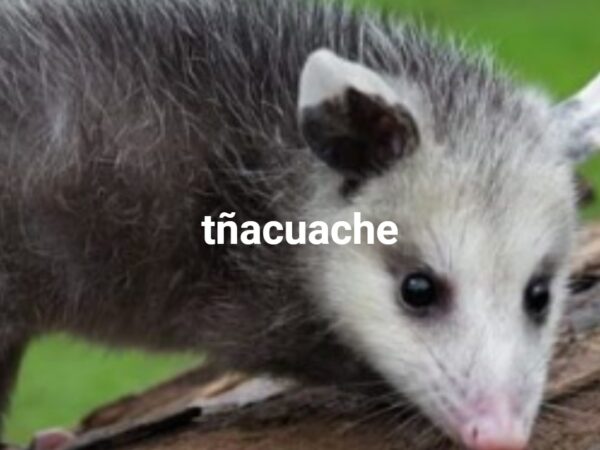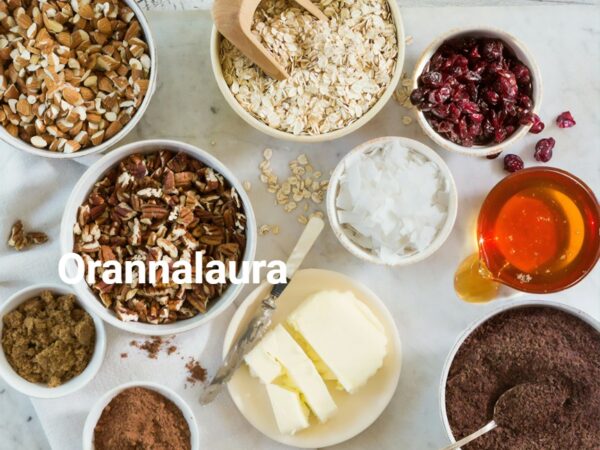Rich Legacy Of Cassasse-Investigating The Culinary Wonder Of Cassasse

Cassasse, a staple food in many regions of the planet, holds an exceptional spot in culinary customs and social practices. Among its different culinary applications, one dish stands apart for its remarkable flavors and authentic importance – cassasse.
Beginning from the Caribbean, cassasse epitomizes the embodiment of customary cooking techniques and nearby fixings. In this article, we dig into the entrancing universe of cassasse, investigating its set of experiences, planning strategies, social importance, and culinary variety.
History of Cassasse
Cassava (Manihot esculenta), otherwise called yuca or manioc, follows its beginnings to South America, where native societies have developed it for millennia. With the appearance of Europeans in the Caribbean during the pilgrim time frame, turned into a major piece of the district’s culinary scene.
The expression “cassasse” reasonable starts from the Arawak language, verbally expressed by native people groups of the Caribbean, mirroring the well-established social association with the land and its resources.Over time, cassasse developed as a dish that typifies the combination of native, African, and European culinary impacts, representing the social variety of the Caribbean.
Figuring out Cassasse and its Culinary Adaptability
Cassasse is a boring tuberous root wealthy in starches, making it a significant wellspring of energy in numerous tropical districts. Its adaptability in culinary applications incorporates being ground into flour, bubbled, seared, or aged to make different dishes and drinks.
Cassasse’s flexibility to various developing circumstances and its protection from dry spell and unfortunate soil quality have added to its inescapable development across the globe.
The Craft of Cassasse Readiness
cassasse readiness fluctuates across various Caribbean islands and networks, each adding its exceptional wind to the dish. The essential fixings normally incorporate ground cassava, coconut milk, flavors like nutmeg and cinnamon, and sugars like sugar or molasses.
The ground cassava is blended in with coconut milk and different fixings to shape a thick player, which is then filled banana leaves or forms and steamed or heated until cooked. A few varieties of cassasse consolidate extra fixings like raisins, ground ginger, or citrus zing to upgrade flavor intricacy.
Social Importance and Happy Customs
Cassasse holds a unique spot in Caribbean culinary practices, frequently ready for happy events, festivities, and family get-togethers. Its planning and utilization are profoundly interwoven with social ceremonies, narrating, and local area holding, cultivating a feeling of shared legacy and character.
In certain networks, cassasse-production meetings act as open doors for intergenerational information transmission, where elderly folks pass down conventional recipes and cooking methods to more youthful ages.
Advantages of Cassasse
Cassasse, a customary dish made essentially from cassava (otherwise called yuca or manioc), offers a few advantages, both nourishing and social. Here are a portion of the vital benefits of consuming cassasse:
Healthful Richness
Cassava, the principal fixing in cassasse, is a profoundly nutritious root vegetable. It is wealthy in starches, making it a superb wellspring of energy, particularly in locales where food security is a worry. Moreover, cassava contains fundamental nutrients and minerals, including L-ascorbic acid, folate, potassium, and manganese, which add to generally speaking well-being and prosperity.
Gluten-Free
Cassasse is normally sans gluten, making it appropriate for people with gluten awareness or celiac illness. Subsequently, it gives a protected and tasty option in contrast to wheat-based items for people who need to stick to a sans-gluten diet.
Various Culinary Applications
Cassasse features the culinary flexibility of cassava, showing the way that this unassuming root vegetable can be changed into different dishes. Whether steamed, heated, or broiled, cassasse offers vast opportunities for imagination in the kitchen, permitting cooks to try different things with various flavors, surfaces, and introductions.
Social Preservation
Cassasse assumes a critical part in protecting social legacy and culinary practices, especially in the Caribbean district. By proceeding to plan and consume cassasse, networks maintain familial information and pass down conventional recipes starting with one age and then onto the next. This social progression encourages a feeling of personality, having a place, and pride among people with a Caribbean legacy.
Local area Bonding
The most common way of making cassasse frequently includes public cooperation, uniting relatives, companions, and neighbors to team up in the arrangement and pleasure of this darling dish. Cassasse-production meetings give open doors to social collaboration, narrating, and the trading of culinary insight, reinforcing securities inside networks and encouraging a feeling of solidarity and fortitude.
Feasible Agriculture
Cassava is a tough harvest that flourishes in different ecological circumstances, including unfortunate soil quality and low precipitation. Its capacity to endure dry seasons and other natural stressors makes it a significant part of supportable farming in tropical districts. By advancing the development and utilization of cassava-based dishes like cassasse, networks can uphold maintainable cultivating practices and upgrade food security for people in the future.
Financial Empowerment
In districts where cassava development is predominant, cassasse creation can add to financial strengthening by turning out revenue-producing potential open doors for ranchers, processors, and merchants. By enhancing privately developed cassava and spurring market interest for cassasse, networks can invigorate monetary development, make occupations, and back limited-scope horticultural undertakings.
Culinary Variety and Local Varieties
The variety of Caribbean foods is reflected in the heap territorial varieties of cassasse, each exhibiting nearby fixings and culinary impacts. In Haiti, cassasse is known as “cassava pone” or “paym,” highlighting a thick, cake-like surface with a smidgen of pleasantness from coconut milk and flavors.
In Trinidad and Tobago, cassasse is alluded to as “cassava pone” or essentially “pone,” frequently consolidating ground pumpkin or yam for added dampness and flavor. All through the Caribbean, cassasse is commended for its heavenly taste as well as for its job in protecting the social legacy and culinary practices.
FAQs
What is Cassasse?
Cassasse, logically known as Manihot esculenta, is a dull root vegetable local to South America. It is a staple nourishment for a huge number of individuals in tropical locales around the world.
How is Cassasse consumed?
Cassasse can be consumed in different structures, including bubbled, steamed, broiled, or handled into flour, starch, or aged items like cassava bread or cassava-based drinks.
Is Cassasse nutritious?
Indeed, Cassasse is nutritious. It is plentiful in sugars and gives fundamental nutrients and minerals like L-ascorbic acid, folate, potassium, and manganese. Notwithstanding, it ought to be noticed that cassava is low in protein and certain different supplements contrasted with other staple food varieties.
Is Cassasse gluten-free?
Indeed, Cassasse is normally without gluten, making it a reasonable dietary choice for people with gluten-responsive qualities or celiac illness.
How is cassava arranged in conventional dishes like cassasse?
In conventional dishes like cassasse, cassava is normally ground and blended in with fixings, for example, coconut milk, flavors, and sugars. The combination is then steamed or heated until cooked, bringing about a flavorful and fragrant delicacy delighted by numerous Caribbean people groups.
Final Thoughts
Cassasse remains a demonstration of the rich culinary legacy of the Caribbean, encapsulating hundreds of years of social trade and transformation. From its modest starting points as a staple food of native people groups to its change into a darling happy dish, cassasse keeps on dazzling taste buds and motivates culinary inventiveness across the district.
As we appreciate each nibble of this conventional delicacy, we likewise honor the different societies and customs that have formed its immortal inheritance.










